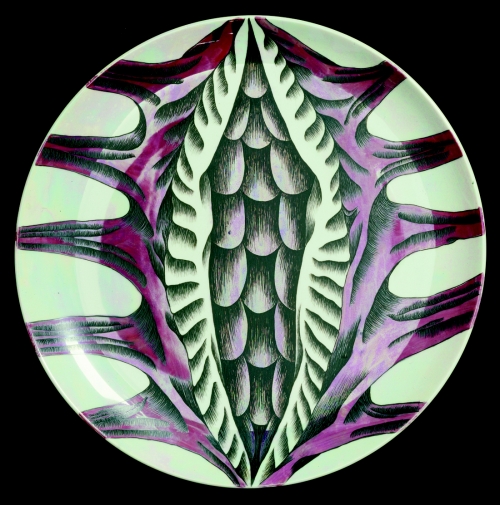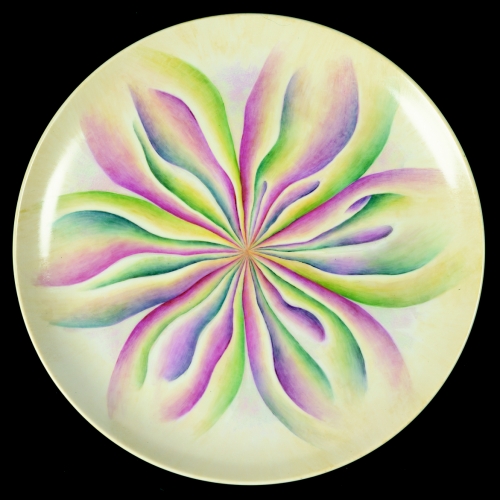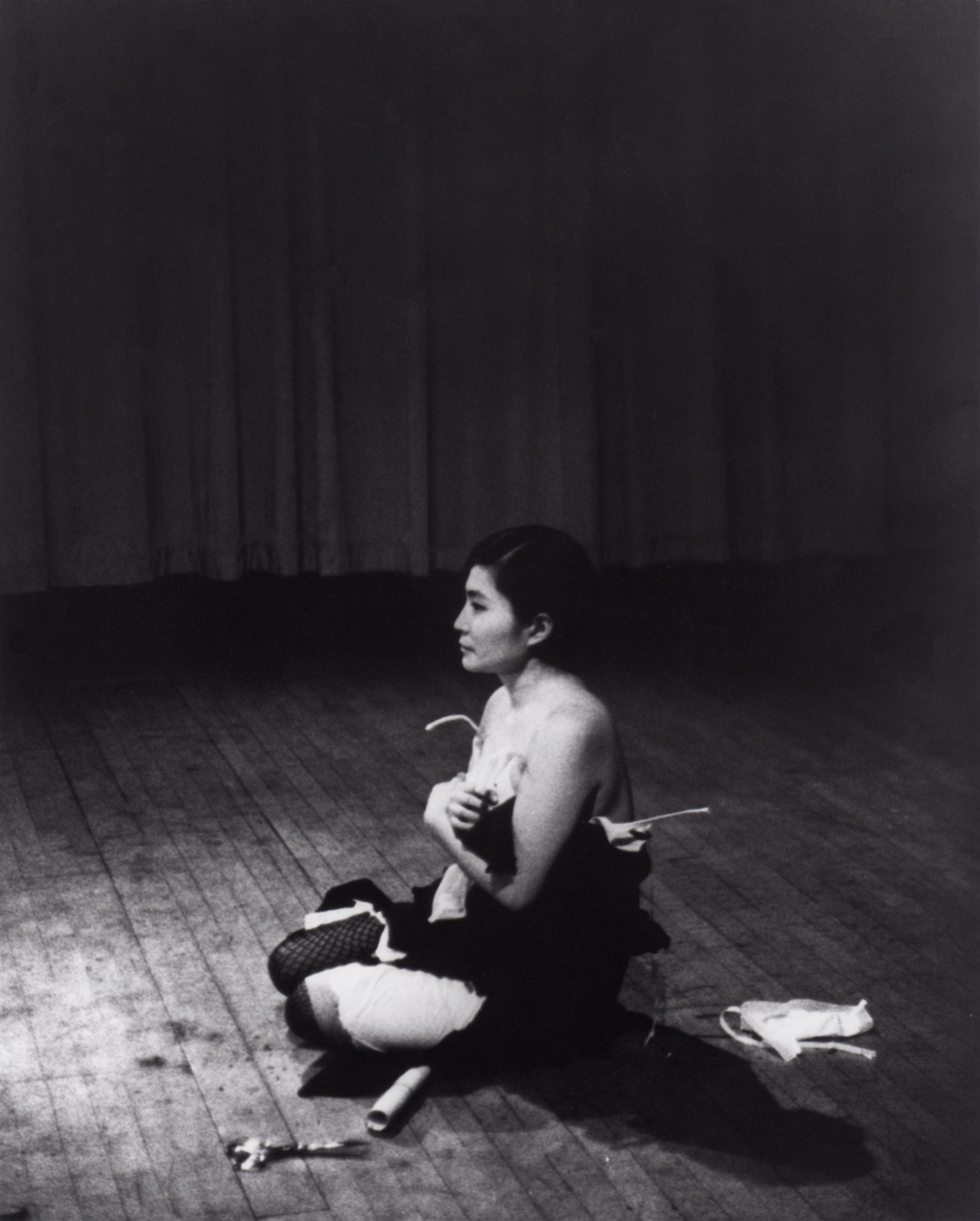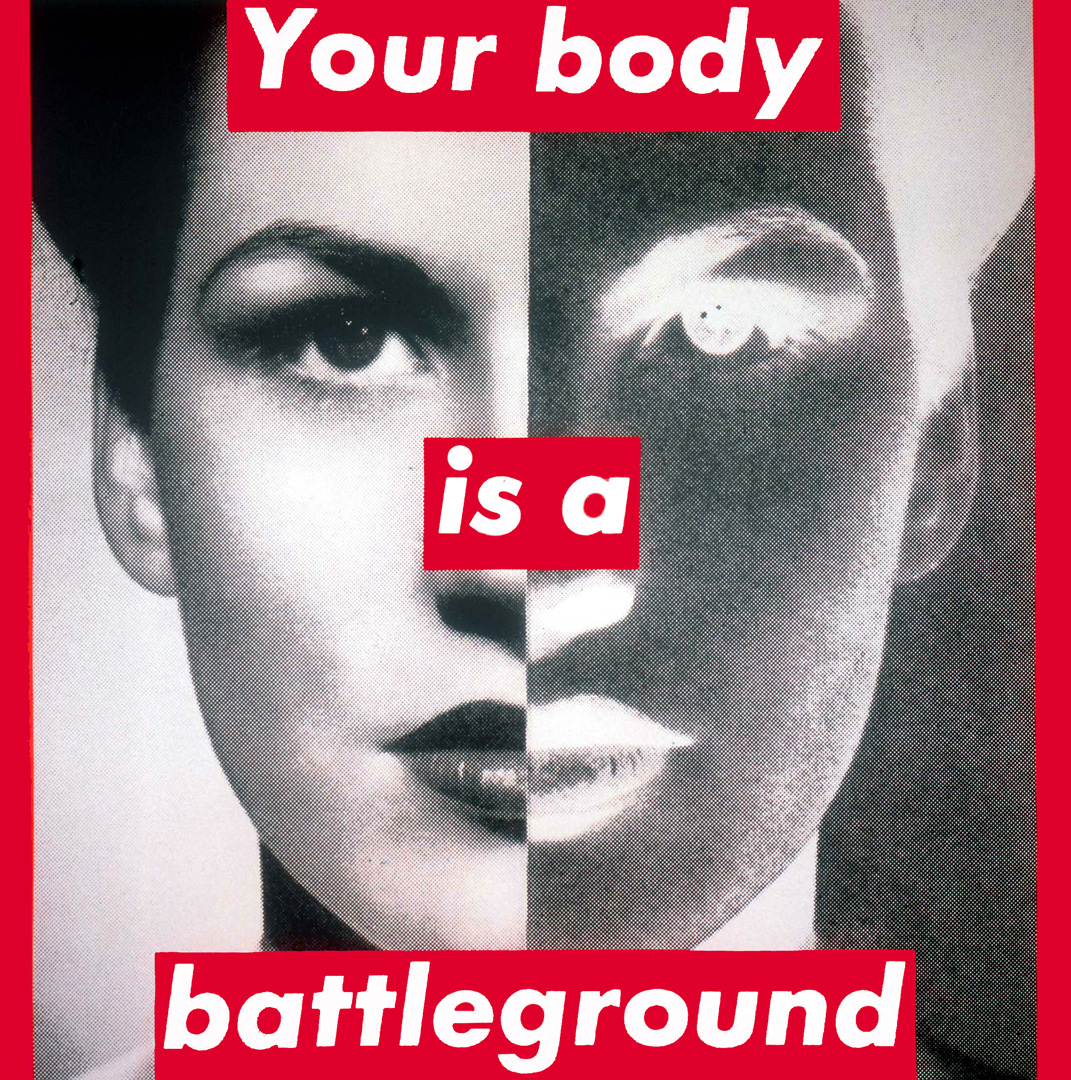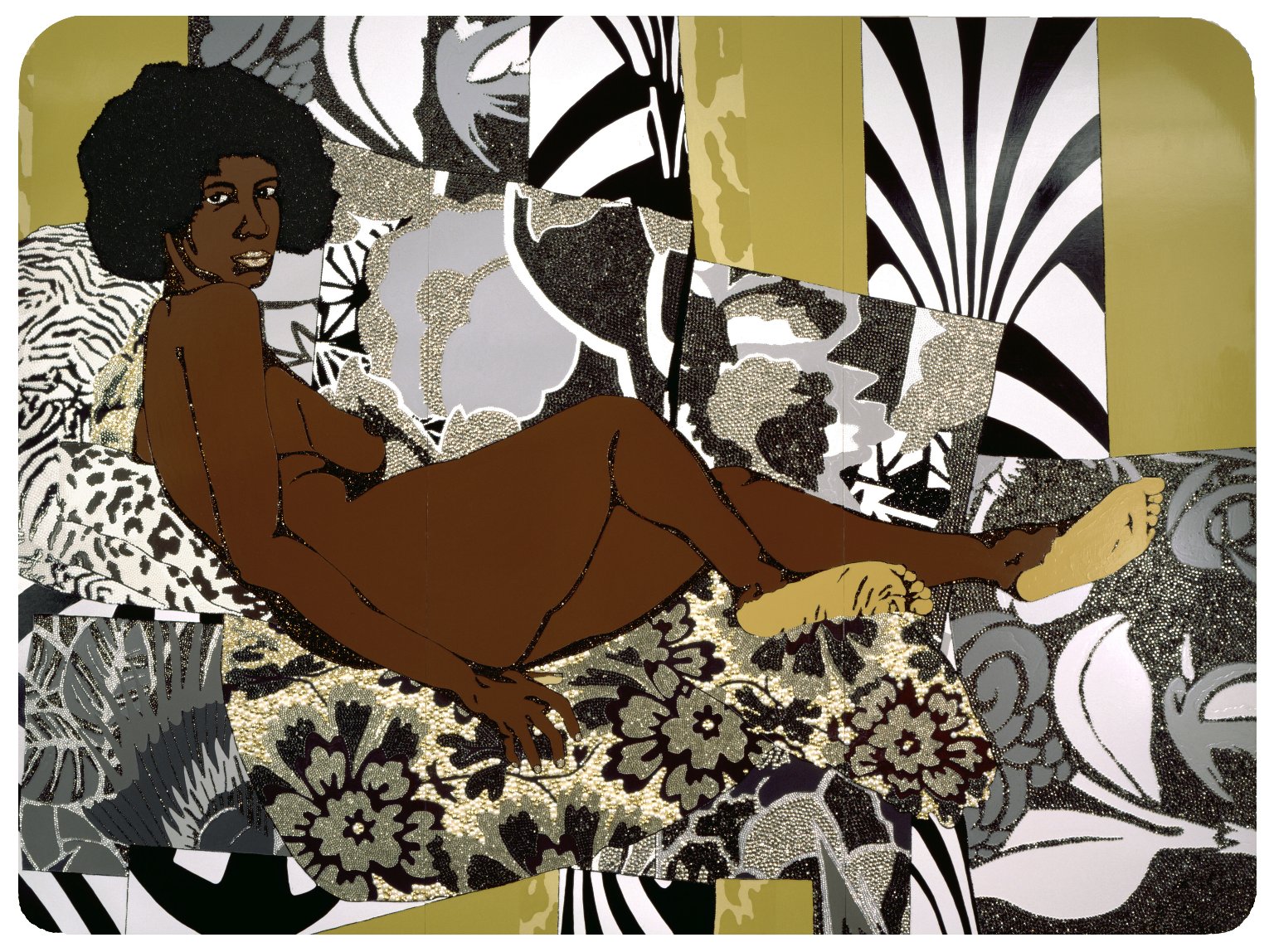Five Women
 1. Marina Abramovic (Ephemerality) - The ephemeral fact of Marina Abramovic's work dwells primarily on an interest in the transcendent; as her work endeavors to embody the immateriality of our very existence. Which is to say that the impermanence of our condition as humans is the emphasis; as her work persistently expresses a fatalism and futility that has become characteristic of her oeuvre. The idea being to create a context for art that does not depend upon possession but rather the physical presence of the performer and the audience as the artistic expression occurs in real time. This fundamental of performance initially seemed to resist the commodification of art but it is worth noting that Abramovic has since succeeded in monetizing her creativity which is not at all counter intuitive to her aesthetic and is certainly essential to her longevity as an artist. The sale of memorabilia and merchandise cannot replicate the performance itself and due to this fact the integrity of her aesthetic is retained as the impetus of physical presence remains paramount.
1. Marina Abramovic (Ephemerality) - The ephemeral fact of Marina Abramovic's work dwells primarily on an interest in the transcendent; as her work endeavors to embody the immateriality of our very existence. Which is to say that the impermanence of our condition as humans is the emphasis; as her work persistently expresses a fatalism and futility that has become characteristic of her oeuvre. The idea being to create a context for art that does not depend upon possession but rather the physical presence of the performer and the audience as the artistic expression occurs in real time. This fundamental of performance initially seemed to resist the commodification of art but it is worth noting that Abramovic has since succeeded in monetizing her creativity which is not at all counter intuitive to her aesthetic and is certainly essential to her longevity as an artist. The sale of memorabilia and merchandise cannot replicate the performance itself and due to this fact the integrity of her aesthetic is retained as the impetus of physical presence remains paramount. 2. Miranda July (Eccentricity) - Miranda July is among the most unique and individual artists that I have encountered in my lifelong survey of the creative landscape. She is a multidisciplinary artist whose expression encompasses various mediums including literature, performance, and film. All of which express her incredibly specific sense of the world as she uncovers her own peculiarities and thereby shines light on the inherent strangeness of human experience. An experience that we all share and a strangeness that is undeniable, as July's expression identifies the inalienable fact of each individual's remarkable eccentricity and the depth of their specificity. She does this by laying her heart and mind bare; the content of her work exposes facts that are oddly meaningful, amusingly trivial, and caustically shameful. All of which seem to denote the fact that we are not alone; there is something quietly courageous about Miranda July's expression, her work contains a vitality and specificity that is life affirming in its simple assertion of life's absurdity. The spirit of enthusiasm and benevolence that permeates her work is contagious and speaks to the greatest constructive capacity of art to connect us all on a human level.
2. Miranda July (Eccentricity) - Miranda July is among the most unique and individual artists that I have encountered in my lifelong survey of the creative landscape. She is a multidisciplinary artist whose expression encompasses various mediums including literature, performance, and film. All of which express her incredibly specific sense of the world as she uncovers her own peculiarities and thereby shines light on the inherent strangeness of human experience. An experience that we all share and a strangeness that is undeniable, as July's expression identifies the inalienable fact of each individual's remarkable eccentricity and the depth of their specificity. She does this by laying her heart and mind bare; the content of her work exposes facts that are oddly meaningful, amusingly trivial, and caustically shameful. All of which seem to denote the fact that we are not alone; there is something quietly courageous about Miranda July's expression, her work contains a vitality and specificity that is life affirming in its simple assertion of life's absurdity. The spirit of enthusiasm and benevolence that permeates her work is contagious and speaks to the greatest constructive capacity of art to connect us all on a human level. 3. Isabelle Huppert (Survival) - Isabelle Huppert herself has chosen this as the consistent theme of her work and I cannot say that I disagree at all. So rather than reinterpret the primary of emphasis of her work I will instead express my immense appreciation of Huppert's work as she is certainly among the foremost actresses in the history of cinema. Her performances express the difficult choices that face each of us as we rise from unconsciousness and face the day. She expresses her own human complexity and the complexity of the various dilemmas humans face with a poise and stoicism that are unmatched in cinema, and more admirably takes roles that most image conscious American actresses wouldn't touch with a thousand foot pole. The performances are void of the performative histrionics that have come to characterize American Acting as she assumes her role and bypasses the melodrama in pursuit of existential truth and insight into the human condition. She does this without judging the character or condescendingly moralizing to the audience; all with the tact and effortless style of the great French screen icons who preceded her and yet with an incisive edge and artistic signature all her own.
3. Isabelle Huppert (Survival) - Isabelle Huppert herself has chosen this as the consistent theme of her work and I cannot say that I disagree at all. So rather than reinterpret the primary of emphasis of her work I will instead express my immense appreciation of Huppert's work as she is certainly among the foremost actresses in the history of cinema. Her performances express the difficult choices that face each of us as we rise from unconsciousness and face the day. She expresses her own human complexity and the complexity of the various dilemmas humans face with a poise and stoicism that are unmatched in cinema, and more admirably takes roles that most image conscious American actresses wouldn't touch with a thousand foot pole. The performances are void of the performative histrionics that have come to characterize American Acting as she assumes her role and bypasses the melodrama in pursuit of existential truth and insight into the human condition. She does this without judging the character or condescendingly moralizing to the audience; all with the tact and effortless style of the great French screen icons who preceded her and yet with an incisive edge and artistic signature all her own. 4. Greta Gerwig (Authenticity) - Greta Gerwig possesses various intangible elements that have endeared her to audiences across the globe, but most of all is her sense of self possession. Which is to say that she owns herself faults and all. She is a beautifully exuberant performer who exudes a sort of crude charisma that is absolutely contagious. And as she has evolved as an artist into a writer and a director she has proven herself to be equally as adept in these expanded roles; while continuing to deliver her signature comedic sensibility and sense of earnest determination that is all but lost in today's post modern landscape where grim pessimism and irony pervade every creative platform. Thankfully here is a performer whose very essence glimmers with a sense of optimism and gratitude; her expression as an actress has been an invaluable contribution to an increasingly bleak pop cultural landscape.
4. Greta Gerwig (Authenticity) - Greta Gerwig possesses various intangible elements that have endeared her to audiences across the globe, but most of all is her sense of self possession. Which is to say that she owns herself faults and all. She is a beautifully exuberant performer who exudes a sort of crude charisma that is absolutely contagious. And as she has evolved as an artist into a writer and a director she has proven herself to be equally as adept in these expanded roles; while continuing to deliver her signature comedic sensibility and sense of earnest determination that is all but lost in today's post modern landscape where grim pessimism and irony pervade every creative platform. Thankfully here is a performer whose very essence glimmers with a sense of optimism and gratitude; her expression as an actress has been an invaluable contribution to an increasingly bleak pop cultural landscape. 5. Venus Williams (Perseverance) - Venus Williams is probably a peculiar inclusion in the minds of most but as I've said before and I'll say again, athletics are physical and psychological artistry. There is the literal craftsmanship of the sport you choose to play that includes mastery of the precise fundamentals, there is the development of an art of war that is entirely individual to each athlete, there is the literary function of sport as a metaphor for our own lives, and there is the performative aspect of sport as human spectacle. All of these combined with Venus' indomitable spirit make her not only an exemplary athlete but an exemplary human being whose poise, tact, and class enabled her to transcend the obscurity of poverty and achieve international renown while amassing seven grand slam titles.
5. Venus Williams (Perseverance) - Venus Williams is probably a peculiar inclusion in the minds of most but as I've said before and I'll say again, athletics are physical and psychological artistry. There is the literal craftsmanship of the sport you choose to play that includes mastery of the precise fundamentals, there is the development of an art of war that is entirely individual to each athlete, there is the literary function of sport as a metaphor for our own lives, and there is the performative aspect of sport as human spectacle. All of these combined with Venus' indomitable spirit make her not only an exemplary athlete but an exemplary human being whose poise, tact, and class enabled her to transcend the obscurity of poverty and achieve international renown while amassing seven grand slam titles.- Milan Robinson


